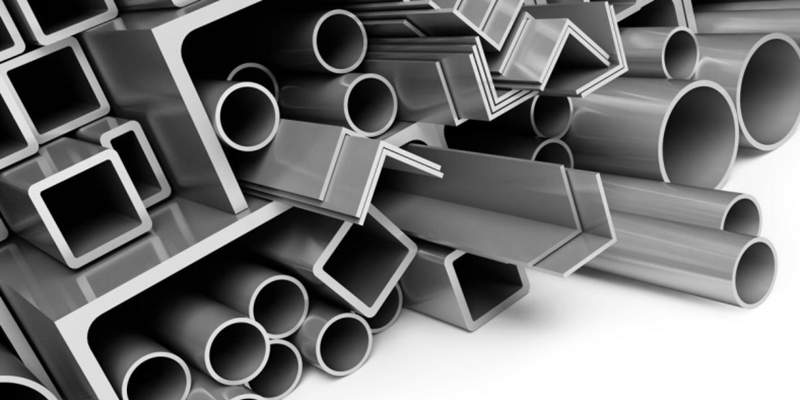- September 30, 2022
Steel remains one of the major materials used in various industries today. This metal has several features that make several project managers and manufacturers choose it for their projects. Two of the popular steel grades used today are 1018 steel and 4140 steel. Although they have some similarities, there are many points to compare 1018 vs 4140 steel.
When selecting steel materials types for your project, you must understand the differences between their features. This will help you know the one that best fits your project. Therefore, this article will establish the various features of 1018 steel vs 4140 steel. With this, you will have a clearer picture of where these steel grades excel and where not to use them.
What is 1018 Steel?
1018 steel is mild steel with medium-low carbon content. Thanks to its small manganese percentage, this steel is renowned for its excellent mix of metal strength, hardness, and ductility. While some other steel grades may exceed its mechanical properties, 1018 steel is easily machined and highly heat treatable. This reduces costs and makes it ideal for an extensive range of components.
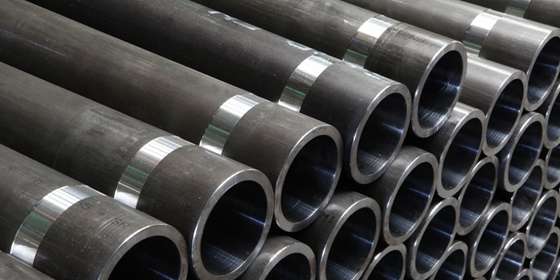
Pros and Cons of 1018 Steel
Pros
- Easy to machine, form, weld, and fabricate.
- You can easily weld this steel without pre-heating or post-heating.
- Suitable for cold forming techniques, including bending, crimping, and swaging.
- Can be case-hardened by carburizing or carbonitriding.
Cons
- Low corrosion resistance.
- Its yield strength and low ductility may prevent edge retention.
What is 4140 Steel?
4140 steel is a chromium-molybdenum steel alloy with increased strength and hardness. Its chromium content gives it excellent hardness penetration, while the molybdenum ensures high strength and uniform hardness. Therefore, this steel grade has high fatigue, torsional, and impact strength.
The other desirable 4140 steel properties include good ductility, superior toughness, and excellent wear resistance in tempered and quenched conditions. Furthermore, 4140 steel can be hardened with various methods, including cold working or heating & quenching. Only a few steel grades can match the usefulness and versatility of 4140.
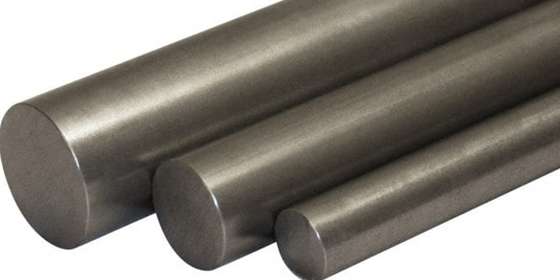
Pros and Cons of 4140 Steel
Pros
- It has excellent toughness and high fatigue strength.
- It also has good corrosion resistance.
- Heat-treated 4140 exhibits good strength, excellent comprehensive mechanical properties, and high yield.
Cons
- Requires extra care during welding.
1018 vs 4140 Steel Differences: A Detailed Comparison
Having gone through an overview of the two steel grades, we need to examine the major differences between 1018 and 4140 steel. Therefore, we will compare them based on the following contents:
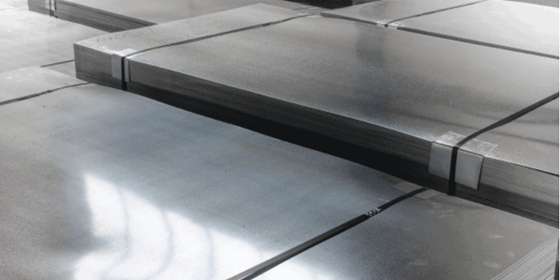
Chemical Makeup (Alloy Composition)
You can guess the first difference between 1018 and 4140 steel from their four digits. The first digit indicates what type of steel it is, while the second digit tells you if there are any modifications to the alloys. The last two digits indicate the amount of carbon in the finished steel.
From this, you will find that 1018 steel is carbon steel with zero modifications. It also contains about 0.18% of carbon. On the other hand, 4140 steel is molybdenum steel with modifications (additions of chromium). Also, it contains about 0.40% of carbon. The chart below gives a breakdown of 4140 vs 1018 steel chemical composition.
| Chemical Elements | 1018 Steel | 4140 Steel |
| Carbon (C) | 0.0018 | 0.004 |
| Manganese (Mn) | 0.60% to 0.90% | 0.75% to 1.00% |
| Sulfur (S) | 0.0005 | 0.0004 |
| Phosphorus (S) | 0.0004 | 0.00035 |
| Molybdenum | – | 0.15% to 0.25% |
| Chromium | – | 0.80% to 1.10% |
| Silicon | – | 0.15% to 0.30% |
| Iron | 98.81% to 99.26% | 96.79% to 97.78% |
Mechanical Properties
Yield Strength
4140 steel has a higher yield strength of 60,200 PSI (415 MPa) than 1018 steel with 53,700 PSI (370 MPa). As a result, 4140 steel can withstand more impact and pressure without deforming. Its higher yield strength is a result of its chemical composition. However, 1018 steel also has a relatively high yield strength, meaning it is not a weak metal.
Elasticity
This property is a means of understanding a material’s resilience and resistance to deformation. Elasticity also relates to metal stiffness. 1018 steel has an elastic modulus of 205 GPa, while 4140 steel is between 190 to 210 GPa. This shows that both steel grades respond similarly to elastic deformation.
Material Hardness
A material’s hardness showcases its ability to resist deformation by penetration, indentation, or other means. 4140 steel has a Brinell hardness rating of 200, while 1018 steel has a rating of 130 to 140. This shows that the former is much harder than the latter. However, both steel materials have enough hardness to withstand pressure without deforming.
Corrosion Resistance
4140 steel is more corrosion resistant than 1018, thanks to the chromium content. This is one of the 4140 steel properties that makes it more useful for outdoor applications. Manufacturers often choose this steel material for fabricating components expected to get in contact with corrosive materials.
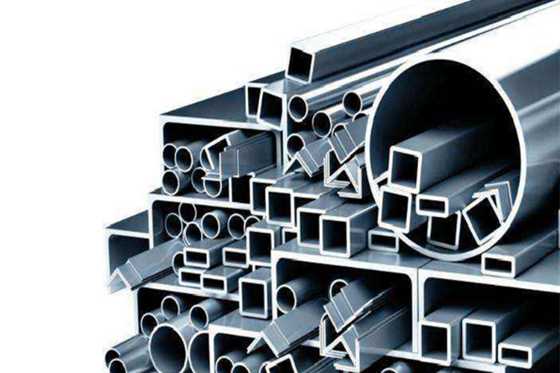
Thermal and Electrical Properties
Temperature Resistance
We compare the temperature resistance of 1018 vs 4140 steel by analyzing their melting points. Both steel grades have the same melting point of 1420°C to 1460°C. Therefore, both these alloys can withstand high amounts of temperatures with excellent reactions to heat treatment. Therefore, there is an excellent distribution of elements within the metals.
Thermal Conductivity
Steel materials are generally poor conductors of heat. However, 1018 steel has a higher thermal conductivity than 4140 steel. This is due to the difference in their chemical compositions. The thermal conductivity of 1018 is 52 W/m-K, while that of 4140 is 43 W/m-K.
Electrical Conductivity
Despite their low thermal conductivity, steel materials are relatively good conductors of electricity. Therefore, they are excellent choices for high-temperature environments. Although the difference in their electrical conductivity is small, 4140 steel is a better electricity conductor than 1018.
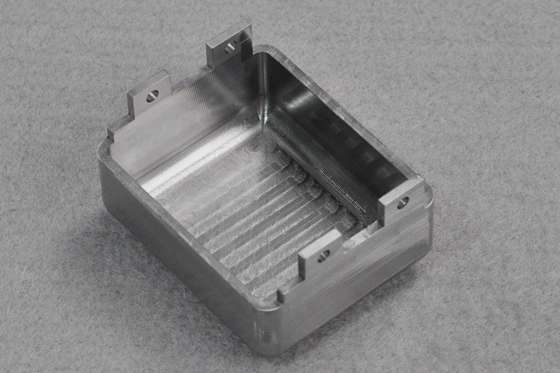
Fabrication and Heat Treatment
Machinability
The 4140 alloy steel is highly machinable in the annealed condition. Its high ductility allows it to be easily formed with conventional techniques. However, its tougher nature makes it require higher pressure and force for adequate forming.
Likewise, 1018 cold-finished steel bars are easy to machine, form, weld, and fabricate. The machinist will have no trouble getting exactly what is in your design. You can even weld this type of steel without any pre-heating or post-heating treatments. In addition, it works well with any conventional welding process. However, it may not be a great idea to weld a carbonitrided or carburized 1018 steel.
Heat Treatment
AISI 4140 steel can withstand heat treatment without deforming. It can be heated to 845°C and then quenched in oil. Some manufacturers also heat it at 913°C before air cooling and hardening. Generally, this steel material can withstand the following heat treatments:
- Forging
- Hot working
- Cold working
- Annealing
- Tempering
- Hardening
1018 vs 4140 Steel: Which One Is Best for You?
Choosing between different metal types may be easy. However, deciding between alloys of the same metal can be quite tricky. In this case, the steel grade you choose will depend on your applications and preferred specifications. Here are the top factors to consider to make the best decisions:
Strength
The tensile strength of steel material is a crucial factor to consider, especially if your components will be used in high-stress environments. This will ensure that the material can resist tension without deforming.
4140 steel has a higher tensile strength of 655 MPa than 1018 steel with 440 MPa. As a result, the 4140 grade can withstand more pressure and impact than the 1018 grade. Therefore, it is the better choice for applications requiring a high impact frequency.
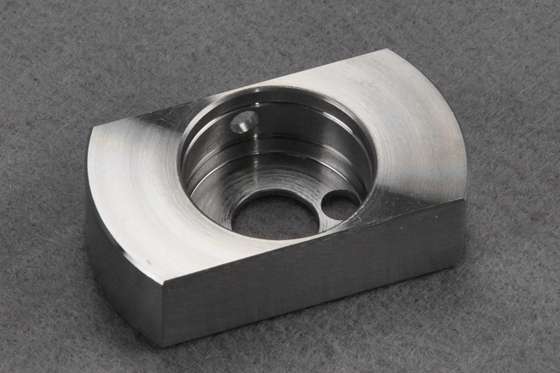
Machinability Properties
The machinability of steel grades largely depends on their ease of modification. Both steel AISI 4140 and 1018 are easily machined, fabricated, formed, and welded in annealed states. However, the 4140 variant contains a higher amount of carbon content.
Therefore, adequate precautions must be taken during welding to prevent cracking. While 1018 steel is easily machinable and weldable, 4140 steel may require pre- and post-heating treatments to prevent cracking.
Corrosion Resistance
It would be best to also consider the operating environment of your intended product before choosing the steel grade to use. External elements can largely affect the component’s quality of performance. 4140 steel offers better corrosion resistance because of its chemical composition. Its chromium and molybdenum content gives remarkable resistance to corrosive environments. Therefore, it is a reliable material for outdoor components with some exposure to corrosive media.
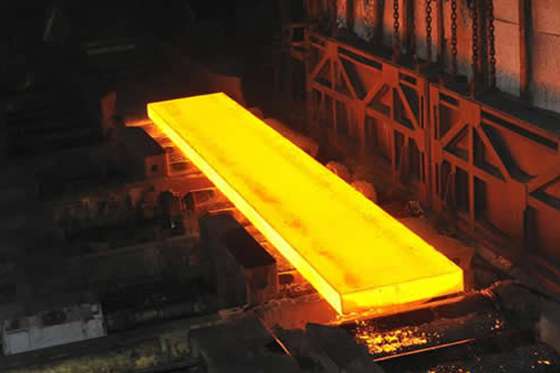
Heat Treatment Capabilities
Not all steel grades can undergo heat treatment, making it an important factor to consider before making a choice. Fortunately, both 1018 and 4140 steel can be readily heat treated, resulting in improved tensile strength and excellent hardness. The heat treatment processes also confer abrasion and wear resistance to the materials without affecting their ductility and toughness.
1018 vs 4140 Steel: Applications
1018 steel has a wide range of applications, useful for components that require cold forming. It is also suitable for carburized components, including gears, pins, ratches, dowels, tool holders, and other machine parts. Others include fasteners, pins, shafts, ratchets, spindles, etc. 1018 steel also helps produce consumer goods such as anchor bolts, gaskets, and axes. Some manufacturers also use this steel grade for structural applications.
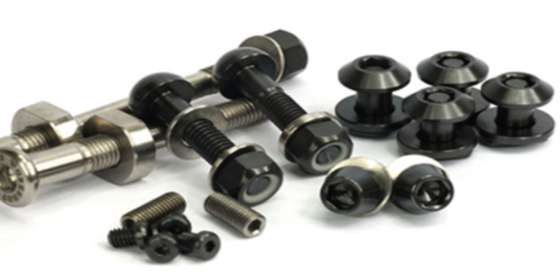
On the other hand, 4140 steel’s strength, hardness, and temperature resistance make it suitable for fabricating high-strength forgings. It has several applications in the automotive industry, and manufacturers use it for drive gear, traction gears, rear axles, spring clamps, etc. Other typical components made with 4140 steel include shafts, bolts & nuts, jigs, gears, fixtures, etc.
Find A Realiable Partner to Make the Choice
Are you finding it challenging to choose a metal material for your project? or if you need an expert to help you get the best out of both materials, WayKen is here to help.
We offer custom metal machining services for steel, aluminum, titanium and etc. Whether prototyping or low-volume part production, our team of engineers is able to select the right material for you and meet your needs with high standards. Then, simply upload your CAD file to get an instant quote.
Conclusion
Material choice and selection is an incredibly crucial aspects of product development. Steel alloys are widely used in metal fabrication projects, and choosing the right one will ensure you get the best from your project. We compared 1018 and 4140 steel in this article based on different parameters. If you’re looking to use either of these materials for your project, you should check out their features and pick the ideal one.
FAQ
Is 4140 a carbon steel?
4140 steel is a low-alloy or carbon steel. The addition of molybdenum and chromium makes it one of the commonest alloy steels available. The molybdenum increases its toughness while the chromium increases its corrosion resistance.
Is 1018 steel ductile or brittle?
1018 steel has a chemical composition that gives a ductile and strong material with relatively low hardness and toughness than other alloys.
What do the digits in the steel grade indicate?
The first digit indicates what type of steel it is, while the second digit tells you if there are any modifications to the alloys. The last two digits indicate the amount of carbon in the finished steel.

